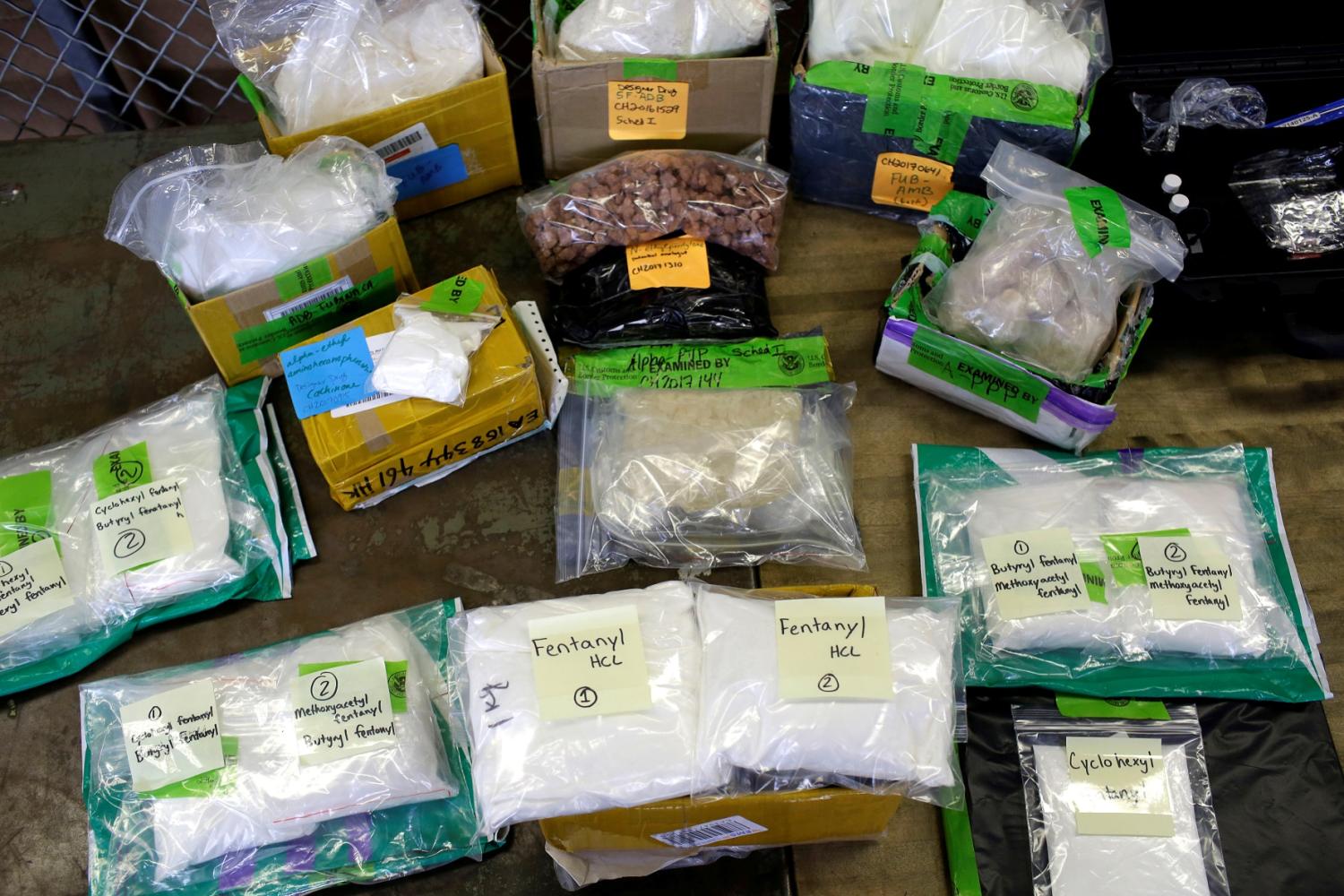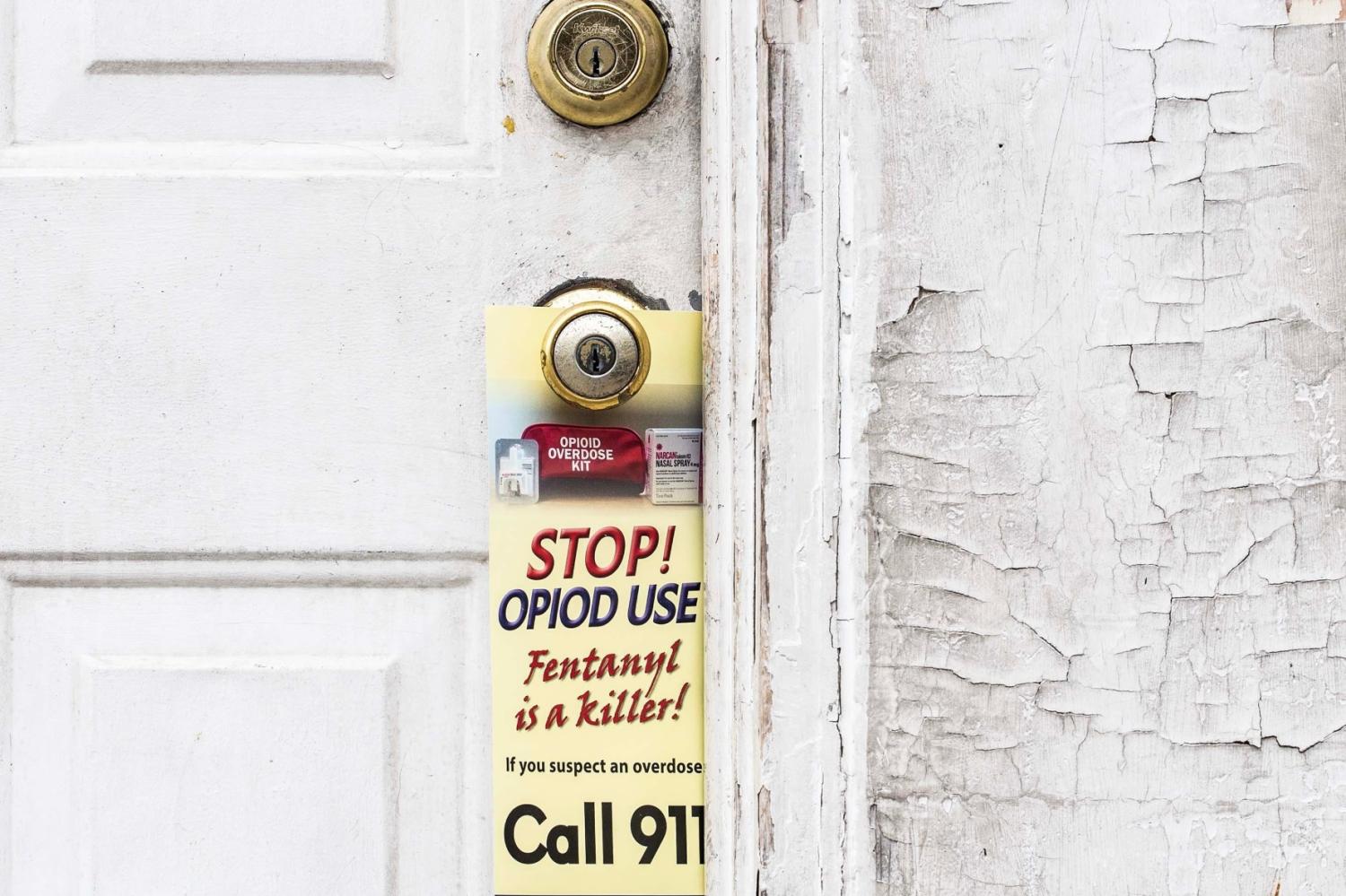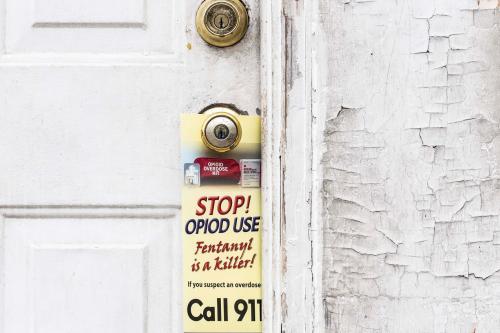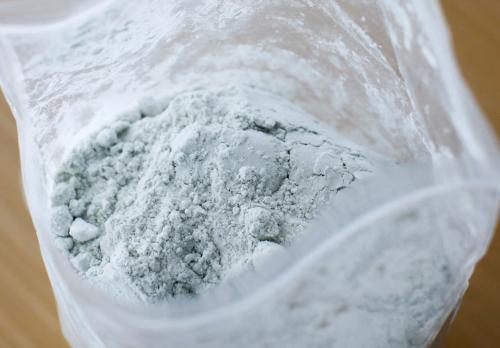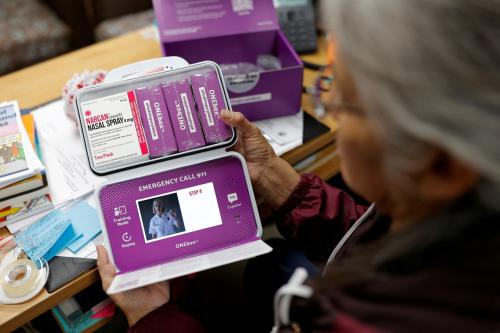Executive summary
The crisis of illegal fentanyl and other synthetic opioids is best understood as a massive expansion in supply, not an epidemic of new drug use. The big expansion in opioid use disorder (OUD) was driven by abuse of prescription opioids (PO) that were produced, distributed, and dispensed by the health care system. This occurred largely legally, beginning in the late 1990s. If the 1980s crack epidemic produced an unusually large number of drug-related homicides, disorder, and flagrant place-based markets per person who became dependent, the PO epidemic was the opposite. However, over time, a subset of those individuals “traded down” to illegal opioid markets, where prices per morphine equivalent dose are lower.
The subsequent conversion of illegal opioid markets from heroin to fentanyl was driven by market forces. High-level suppliers recognized that fentanyl is cheaper per pure kilogram and produces 20 times as many retail doses per unit weight. This radically reduced traffickers’ production costs, driving prices down throughout the distribution chain. In some markets, retail opioid purchases today can yield 10 times as many morphine equivalent doses per dollar as in 2013.
This has led to a modest increase in the number of people with OUD, but very big increases in both intensity of use (“habit size”) and overdose death rate per person with OUD, because as the drug is cheaper, users can afford to buy it in larger quantities.
Society could respond in many ways. Weak data and the absence of good natural experiments prevent definitive scientific conclusions as to which approach is best, but this paper offers three aids to help readers think systematically about the question:
- A historical review of opioid epidemics and the evolution of supply.
- An assessment of drug law enforcement (DLE) that recognizes its greatest successes accrue when it prevents things from happening.
- A conceptual graph depicting the relationship between drug supply and total harm.
Building on that foundation, seven visions for drug policy are articulated. Three minimize the role of drug law enforcement, passing the baton to treatment, harm reduction, or prescribed safer supply, respectively.
Indeed, drug treatment and some harm reduction programs—notably syringe exchange and naloxone distribution—should be pursued aggressively. But a distressing share of today’s high-frequency consumers of illegal opioids will die prematurely even in places like British Columbia, Canada, that lead the world in progressive drug policy.1 That underscores the need to prevent new potential users from escalating into opioid use disorder and to not let compassionate interventions for the current pool of people with OUD inadvertently squander chances to keep that escalation low.
A fourth vision views DLE and treatment in partnership, not opposition, with the criminal justice system helping to induce people with OUD to seek out and remain in treatment.
Two more visions stress DLE’s role in controlling supply, hoping to turn back the clock either by tipping illegal opioid markets back from fentanyl to heroin or by keeping prices (nearly) as high as in the past, despite the continued availability of fentanyl.
The last stresses DLE’s potential to reduce the collateral harms created by drug markets and drug suppliers, rather than assigning it a potentially Sisyphean task of suppressing the supply of synthetic drugs that are so cheap for criminals to produce. If the same quantity of drugs gets supplied, but with diminished violence, corruption, disorder, and threats to democratic institutions, that would still be a valuable contribution.
These seven alternatives are not mutually exclusive. A mixture could be pursued. To the extent that this paper takes a position, it is to encourage the inclusion of the last in the mix. DLE’s valuable contributions in mitigating the harms of drug markets are often underappreciated.
-
Acknowledgements and disclosures
The author would like to thank Vanda Felbab-Brown and the anonymous peer reviewers for their support on this project as well as Adam Lammon for editing, Rachel Slattery for graphical design and layout, and Diana Paz García for project coordination.
-
Footnotes
- Mark Lysyshyn and Jane Buxton, “Harm reduction innovation during an overdose emergency,” The University of British Columbia Medical Journal 10, no. 1 (August 2018): https://med-fom-ubcmj.sites.olt.ubc.ca/files/2018/08/Feature-1.pdf.
The Brookings Institution is committed to quality, independence, and impact.
We are supported by a diverse array of funders. In line with our values and policies, each Brookings publication represents the sole views of its author(s).

